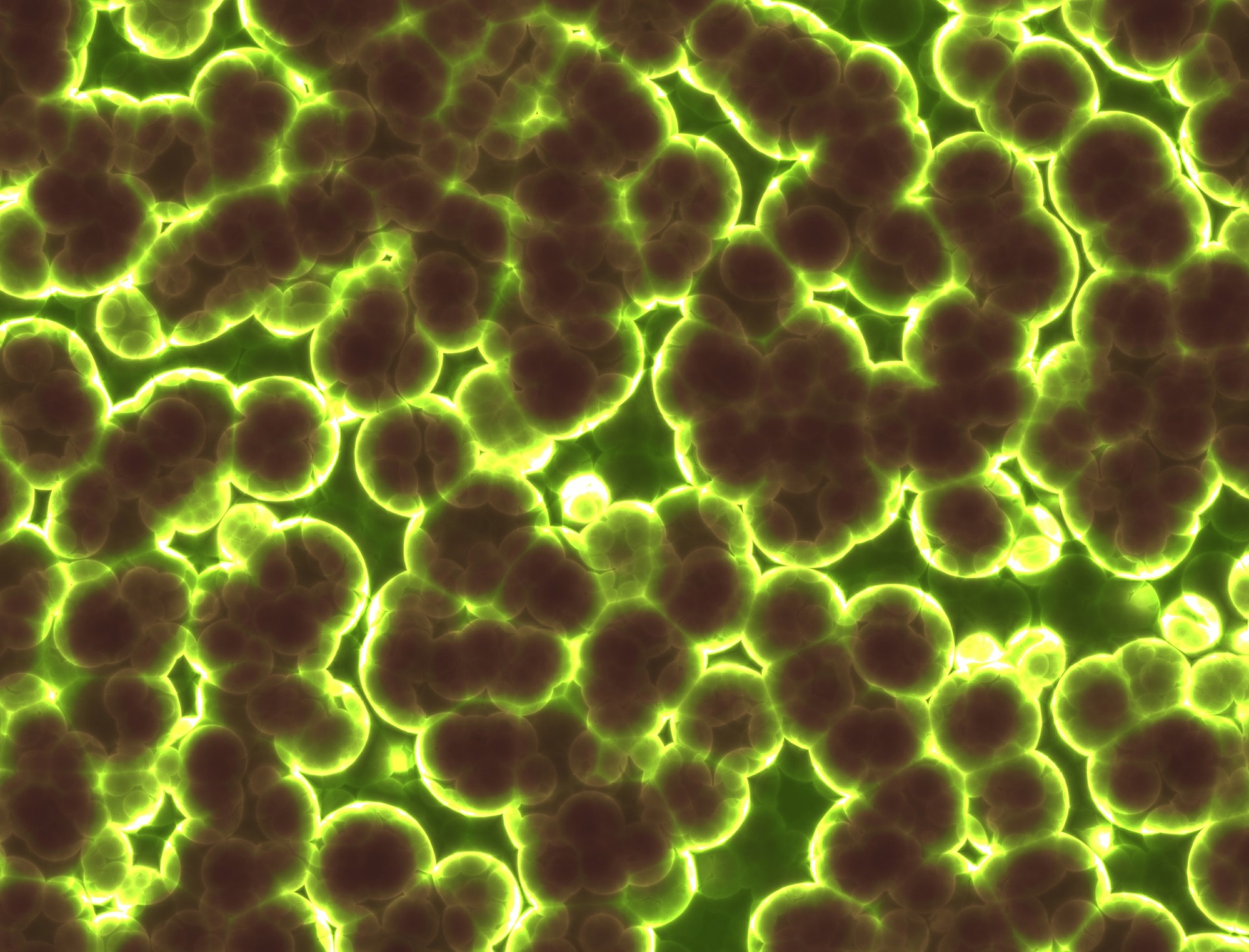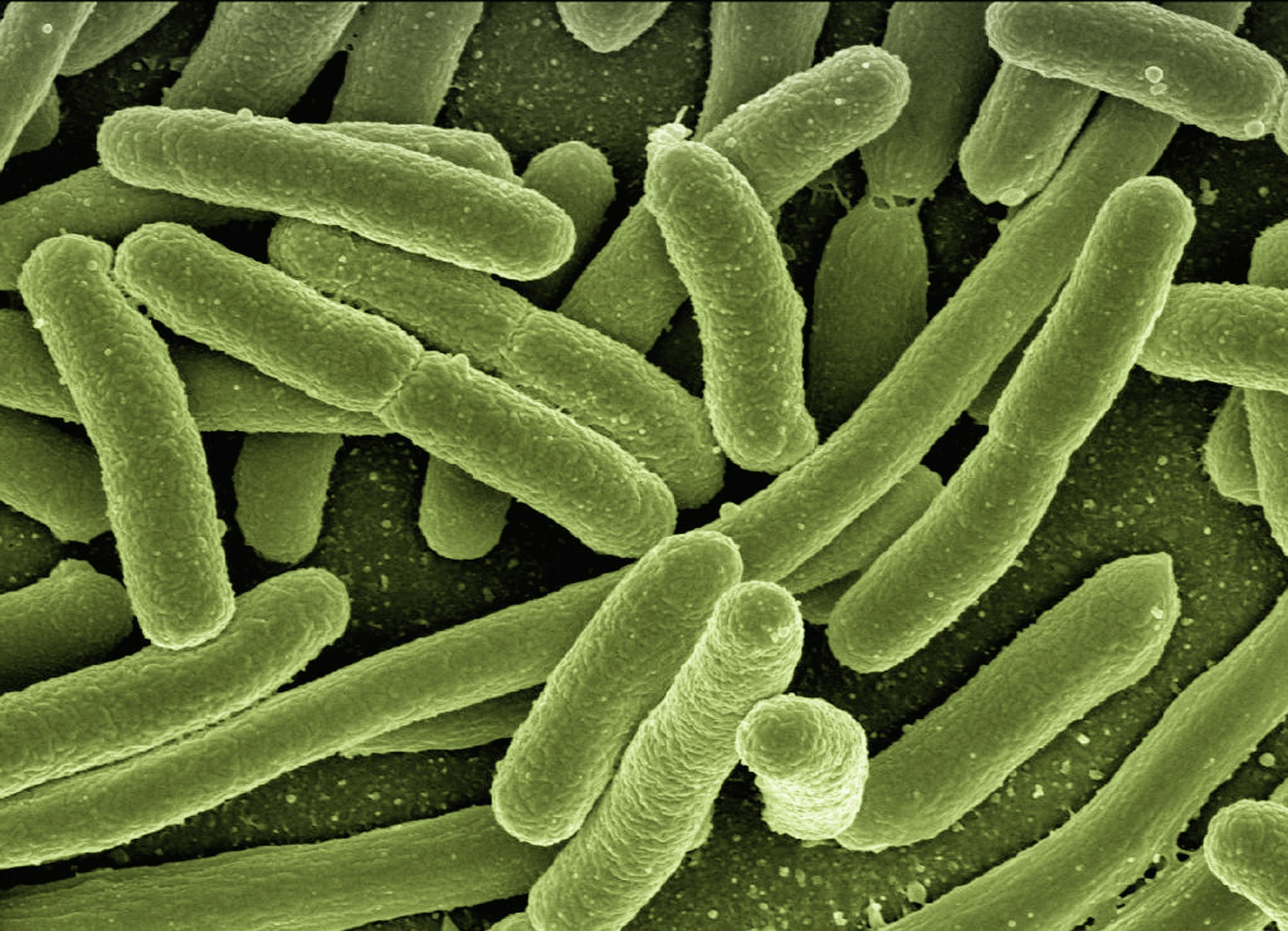All you Need to Know About Microbial Diversity Analysis
The human body is a complex ecosystem that consists of trillions of microbes. These tiny organisms live on and in us, helping our bodies function correctly. Some microbes are just passengers, while others have active roles by protecting us from infection with their antimicrobial products or synthesizing essential nutrients for our cells to use.
Microbial diversity analysis studies microbial communities and how they interact with each other. It involves studying microbes to determine what kind are present. Understanding which microorganisms live within you may be possible to diagnose or treat illness.
What are Microorganisms?
Microorganisms are found all around us. Some of the microorganisms include viruses and fungi. Bacteria make up most of our microbiome, the collection of microbes living inside and outside our bodies. The Human Microbiome Project is a project that studies what kind’s bacteria exist within different people’s intestines to better understand how they affect health.
Importance of Microorganisms
It has been discovered that there are more bacterial cells than human cells within each person. This means we have as many microbial genes as we do host genes. These organisms help support healthy digestive function. They also protect against infection by producing antimicrobial substances.
Some species even synthesize essential nutrients to help our bodies function correctly. A healthy microbiome is an integral part of maintaining good health. The microbiota can be disrupted by factors like stress, diet, and medication
This means that our body constantly has to balance the number of microbes we host. If this equilibrium shifts too much in one direction or another, it could lead to infection – understanding how these delicate ecosystems work will allow us to develop better ways to keep them balanced, thus promoting greater overall wellness.


The gut microbiota
The gut microbiota is the collection of microbes living in and on our gastrointestinal tract. It contains trillions of microorganisms, including bacteria, viruses, and fungi. The gut microbiota plays an essential role in human health. It helps digest food, synthesize essential nutrients, protect us from infection and modulate our immune system.
Ways to Study Human Microbiome
Two of the most popular methods for microbiome diversity analysis include sequencing and bioinformatics. Mass-sequencing involves breaking apart DNA. Bioinformatics is a process that analyzes large datasets. It then determines which organisms might be present by using computational tools.
Every organism has its unique genetic code, hence the need for microbial diversity. This makes it possible to identify them based on their sequence. These techniques help us understand how microbes interact with each other. They can also reveal what kinds of microorganisms live inside your body. Scientists use this information to determine healthy or unhealthy states


The field of microbiology
The field of microbiology focuses on learning about different types of microscopic organisms. Over time, scientists have come up with many new ways of analyzing these cells. X-ray diffraction is one standard method that uses special equipment, allowing people to figure out how bacteria and other microbes are shaped. This information can be used to develop better treatments for diseases.
Microbial diversity
Microbial diversity analysis is a rapidly growing field that helps us better understand the fascinating world of microbes. By studying how they interact, we can develop targeted treatments for diseases. As technology evolves, this research will become more and more accessible to the public, allowing us all to optimize our health.
